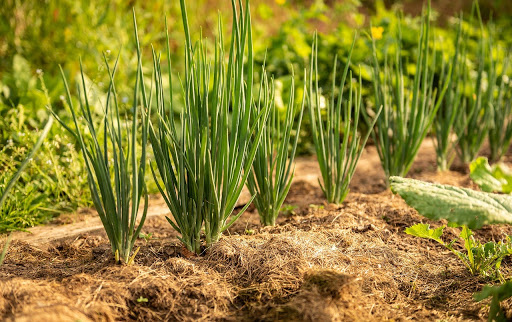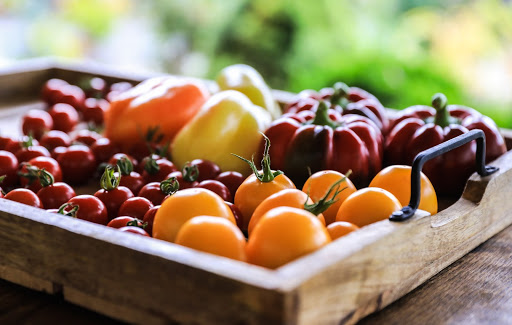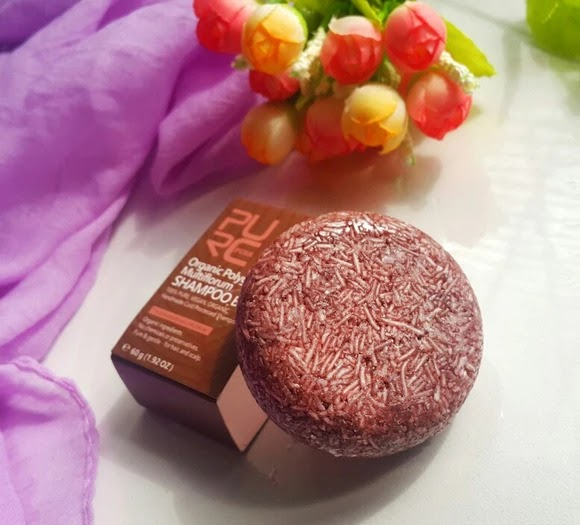Why Should You Have A Mini Kitchen Garden In Your Backyard?
Those who do not have a vegetable garden do not know it yet, but picking vegetables and fruit in their own garden offers many privileges: taste, ecological, economic, educational, practical and more.
For the taste: The great taste of freshly picked vegetables are incomparable. This pleasure will be now available and can be part of the joys of your summer
For health: By producing your vegetables, you can have control over the type of fertilizer, the compost that will nourish your plants and the absence of pesticides harmful to the body. You can even practice organic farming!
For savings: By spending just a few dollars, you will collect the equivalent of several grocery baskets! By simply traveling from your vegetable patch to your plate, the ecological footprint of transport is zero!

High-Yield Strategies Derived From Expert Gardeners:
1. Sunlight Reach
There is no doubt that most plants love sunlight, but plants that prefer shade have a special place in the garden. Let’s put it this way: the shade provides a bit of coolness on hot days and protects a number of magnificent plants that cannot tolerate full sun.
Before deciding what to do with this shade area in your yard, it is important to know the type of light as well as the type of shade. The light filtered through the trees with openwork foliage or whose leaves are small creates “spots of light”. It is much the same as when the light passes through a lattice fence. This condition is often found in wooded environments.
A place that receives no direct light is considered to be in full shade. The only light available to plants is that provided by indirect or reflected light.
This condition is often found under shrubs or evergreen trees that are dense or close together.
2. Plant In Raised Bed With Rich Soil.
The raised vegetable garden is a form of gardening in which the soil is formed in flower beds, which can be of any length or shape, but which are generally about 1 meter wide. The soil is raised and is usually surrounded by a frame made of wood, rock or concrete blocks, and can be enriched with compost.
Vegetables in an elevated garden are spaced apart in geometric patterns, much closer to each other than in a conventional garden. The spacing is such that when the vegetables are fully developed, their leaves almost touch, creating a microclimate in which weed growth is suppressed and moisture is retained.
The raised vegetable gardens allow you to add organic amendments to the soil and compost to build and improve the garden soil. Adding a lot of organic matter is the quickest way to improve the soil.
Note: In a no-till garden, fungal networks and soil organisms release sticky exudates that hold the soil in place. These are usually not present in a new garden bed, which is why the raised vegetable garden can be so beneficial. Fungal networks develop over time and hold the soil together (either in a raised bed or in a dug bed).
3. Plant In Triangles Instead Of Rows.
In permaculture, the basis is the observation of nature and its imitation to arrive at productive, resilient and biodiversified ecosystems. Nature shows us in particular that she hates emptiness and bare soil, so it fills all the spaces of earth left free, this is why it is better to favor small intensive systems, planted densely other than in line to make the best use of available space and therefore increase your harvest.
You can for example plant in a triangle rather than in a row high-growth plants such as beans, tomatoes, peas, beans, cabbage, corn, etc. and sow between them, in the middle of the triangle, ground covers or roots to less important aerial development.
4. Grow Climbing Plants To Capitalize On Space.
By observing a forest, we can see that nature uses all the “floors” at its disposal of canopy ground covers. You can imitate this by creating different floors in your vegetable garden and in particular by enhancing the 3rd dimension, the height.
By installing trellises, simple stakes or any other vertical support within your reach (wicker structure for example), you will be able to run on it, at different levels a whole bunch of annual plants and in particular climbers like squash, cucumbers, beans, peas which will free up space on the ground for other crops that cannot rise naturally like root vegetables.

5. Choose Compatible Crop Pairings.
During the winter, by the fireside, when the garden seems to be asleep, take the time to think about your seedlings and plantings of the coming year to ensure that several plants can succeed one another in the same space throughout the growing season. This programmed plant succession will greatly increase your harvests and especially their spreading over the whole year. So we can, for example, start on a space with shelled peas early in the spring which will be followed by summer salads themselves followed in the fall by sowing beans which will pass the winter (provided you have not very harsh winters). The trick is to play on the varieties by choosing them more or less early according to your needs; to densely associate plants in the same space with different root developments or at different ripening speed (such as the slow-maturing parsnip and the fast-maturing flaming radish) or even to sow different varieties of plants, some of which will remain in place and others will transplant elsewhere when the time comes, but all will have sprouted together in a biodiverse space. So take the time to think about your vegetable successions, you will not be disappointed!
6. Stretch Your Season By Covering The Beds.
September does not mark the end of the season in the vegetable patch, unless you have no time to take care of it, because by sowing vegetables in August of cool temperatures, the harvests can stretch until the end of October and even later. In addition, the cold makes the leaves more colorful and crisp and the carrots sweeter!
As the crops are harvested, unoccupied spaces are created in the vegetable patch, in the tubs or in the pots. This is the ideal place to do your sowing or planting before unwanted people settle there. What to sow or plant then?
Sow soon, sow what you love and promote diversity rather than quantity. For the plantations, some markets and garden centers offer lettuce and cabbage in crates this season. For those who would not have had time to do a vegetable patch this summer, this is an opportunity to catch up.
How can you use many of these organic, non toxic herbs from your garden for hair care?
Industrial shampoos and hair care are almost always composed of ingredients dangerous to health and / or the environment: petroleum derivatives, aggressive foaming agent, irritating artificial fragrances, carcinogenic preservatives, allergenic dyes, plastics (yes yes!) , etc.
In general, avoid ingredients like: EDTA, PEG, PPG, CI, any ingredient written in the form of an acronym and/or number, Petrolatum, parafinium, cera microcristallina, methyl, butyl, propyl, paraben, phenoxyethanol, perfumes (except essential oils), BHT, benzyl, and many more!
A perfect non-toxic, zero waste alternative is – Argan Oil, Lavender, Ginger And Polygonum infused in PURC Shampoo Bars. These have a bandaging effect: it covers the cracks in the scales of the hair, which gives a soft and repair hair from the roots.
There are no chemicals in PURC Shampoo Bars. Liquid shampoos often contain synthetic detergents that provide foam that contains preservatives – these are partly made up of water and preservatives are added to prevent mold.

You can use PURC Shampoo Bars without feeling guilty. They are vegan, animal-free and palm oil-free.
